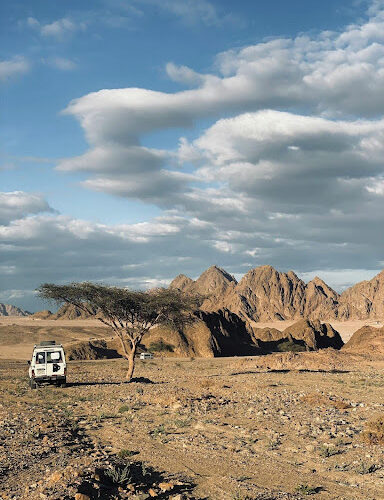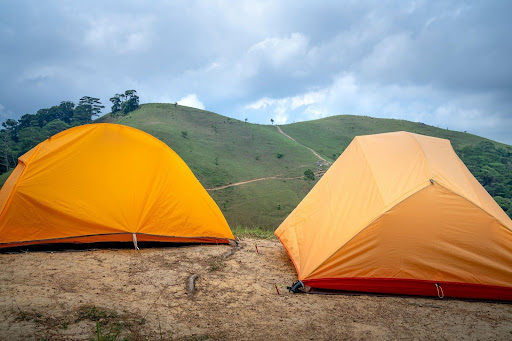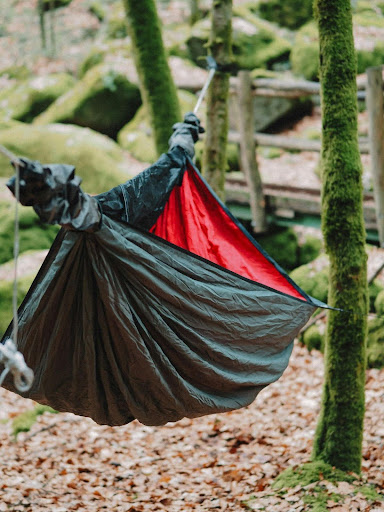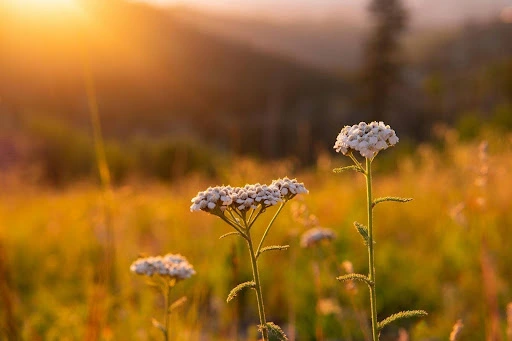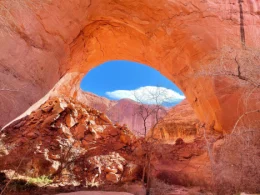Off-the-grid camping, nestled away from the chaos of everyday life, offers a sense of adventure and tranquility that is hard to replicate otherwise.
In my humble opinion, it’s the allure of pristine landscapes, untouched by modern conveniences, that is both exciting and scary to most campers who don’t have that much experience in the backcountry.
Embarking on such a journey indeed requires thorough preparation. The challenges of navigating uncharted terrain and unpredictable weather underscore the importance of being well-equipped and informed.
In this article, I’ll give you some essential tips for planning your off-the-grid adventure, strategies for staying safe in the wilderness and ensuring a secure return home.
Table of Contents
Planning Your Journey
Planning your journey is the cornerstone of any successful off-the-grid camping adventure. Thorough research and preparation can make the difference between a memorable experience and a difficult ordeal. Here are some critical steps to ensure you’re ready for the wilderness.
Choosing a Remote Location
Selecting the perfect location sets the stage for your entire expedition. Researching potential sites is essential to identify areas that offer both the beauty you seek and the challenges you can handle.
Researching potential sites is often best performed using local maps and consulting outfitters who are familiar with the terrain. Even guiding companies can provide valuable insights or assistance if you’re venturing into areas you’re unfamiliar with. Take advantage of these resources to avoid surprises and find the best direction for your adventure.
Considering accessibility and distance from civilization is crucial. Understand your physical and mental limits, and choose a site that matches your experience level. A location too far removed from help could be dangerous, especially for less seasoned campers.
Informing Others of Your Plans
Sharing your itinerary with family or friends in advance is a safety measure that I recommend for beginners and experienced campers alike. Make sure someone you trust knows your detailed plans, including your intended route and expected return date.
Setting up check-in times, if possible, adds an extra layer of security. Establish a communication schedule and agree on what actions should be taken if you miss a check-in. This simple step ensures that someone will notice if you run into trouble and could facilitate a quicker rescue if needed.
You also want to make sure that you come up with a contingency plan to share with your contact in case something does happen. In stressful survival situations, it is often difficult to form complex thoughts.
Essential Gear and Supplies
If you aren’t a bushcraft expert (or even if you are), you’re going to want to bring the right gear for your situation. A great track of mind to follow is to bring gear that does multiple things. This could be as simple as a multi-tool or camping tarp.
For your first few trips, you are almost guaranteed to make mistakes. If no mistakes, then you will most certainly make changes to your kit for the next time. Avoid relying solely on DIY camping hacks, as they can sometimes fall short in critical moments.
Suitable Clothing for Weather Conditions
Proper clothing is essential for maintaining comfort and safety in the wilderness. Pack extras of most items, such as socks and shirts, to stay dry and warm. Small layers work better than large layers for controlling body temperature, as they allow you to adjust more effectively to varying conditions and prevent excessive sweating.
Food and Water Provisions
Selecting the right food and water provisions is also another biggie. Bring non-perishable and easy-to-carry food items to ensure you have enough energy for your activities. Additionally, plan for methods of water purification and storage to guarantee a safe and reliable water supply throughout your trip, utilizing filters, tablets, or purification systems to fend off any potential contaminants.
Navigation and Communication
Don’t wander blindly in the woods, it never ends well. While modern GPS devices offer precise location data and can even be used for emergency rescues, traditional tools like maps and compasses remain indispensable in your kit. It’s always wise to have a backup method in case of technical failures. Keep a waterproof map of the area and a sturdy compass in your kit to help keep you on track.
One thing you may want to do is take an orienteering course, either locally or online. This can significantly enhance your navigation skills for this and future trips. This hands-on training allows you to practice using a map and compass effectively.
Another tip is before venturing out, thoroughly research the terrain of the area you will be exploring. This will help you decide a few things from gear to the time of year that you’ll be visiting the area.
For instance, rocky regions might not be suitable for tent stakes, while marshy areas could present challenges with waterlogging and require preparation for wet weather conditions. In the case of most camping trips, it’s all in the little details.
Safety Precautions in the Wilderness
While you might be tempted to pet the furry creatures in the woods or feel a bit apprehensive about encountering wildlife on your remote trip, being prepared for such encounters can ensure the safety of both you and the animals.
Wildlife Awareness and Precautions
Encounters with wildlife can be a thrilling highlight or a dangerous ordeal. Educate yourself about the local wildlife of your destination. Knowing which species inhabit the area, their behavior, and habitat can help you avoid unwanted encounters.
It might also be a good idea to check out the mating season or when the wildlife around you will have babies as this can be a huge factor in animal aggression.
Always stay aware of your surroundings and make noise while hiking to avoid surprising any animals. In the case of a close encounter, stay calm and slowly back away without turning your back on the animal.
Proper Food Storage to Deter Animals
Proper food storage is crucial to keeping animals at bay. Use bear-proof containers or hang your food in a tree at least 10 feet off the ground and 4 feet away from the trunk. Most outfitters have bear barrels which are effective in keeping scents out and the food in.
Avoid cooking near your sleeping area and always clean cooking utensils and campsite thoroughly to eliminate food scents that could attract wildlife.
First Aid and Emergency Care
A well-stocked first aid kit is essential for any wilderness trip, providing the necessary supplies to handle minor injuries and emergencies. Ensuring you have the right items can make a significant difference in your ability to respond effectively to unexpected situations.
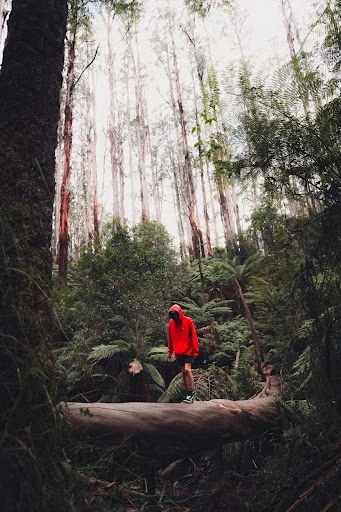
Here are some suggested items to include in your kit:
- Bandages of various sizes
- Antiseptic wipes
- Tweezers
- Pain relievers (e.g., ibuprofen, acetaminophen)
- Personal medications
- Adhesive tape
- Sterile gauze pads
- Antihistamines for allergic reactions
- Antibiotic ointment
- Scissors
- Hydrocortisone cream
- A digital thermometer
- Safety pins
- A first aid manual
In addition to having a well-stocked first aid kit, knowing basic first aid and survival skills can be lifesaving. Learn how to treat cuts, scrapes, and minor burns, and familiarize yourself with CPR and how to address common outdoor injuries such as sprains, fractures, and insect bites.
Ensuring a Safe Return
A safe return plan means that you can head back either when you’ve planned it or before the fact in case of an emergency. There are a few things to remember in this regard and it’s wise to not overstay your welcome.
Recognizing when to head back is crucial for your safety. Monitor weather conditions and your physical health continuously. If you notice signs of fatigue, dehydration, or worsening weather, it’s best to turn back to avoid potential hazards.
Bring extra food to account for potential delays or emergencies. One of the most common causes of being caught in the backcountry is the ever-changing weather. Keeping a diligent eye on storm clouds is one good strategy but keep in mind that things can change on a dime.
Having a clear exit strategy and multiple routes is essential in the wilderness. Ensure you have backup plans in case of unexpected circumstances, such as blocked trails or injuries. Knowing alternate paths and having contingencies can make all the difference in ensuring a safe and smooth return trip.
Final Thoughts
To sum up, successful off-the-grid camping boils down to meticulous planning, preparedness, and learning essential survival skills. Always pack enough for a couple of extra days, keep an eye on weather patterns, and have multiple exit strategies and backup plans ready. Balancing adventure with safety is paramount; know your limits and never hesitate to turn back if conditions worsen

